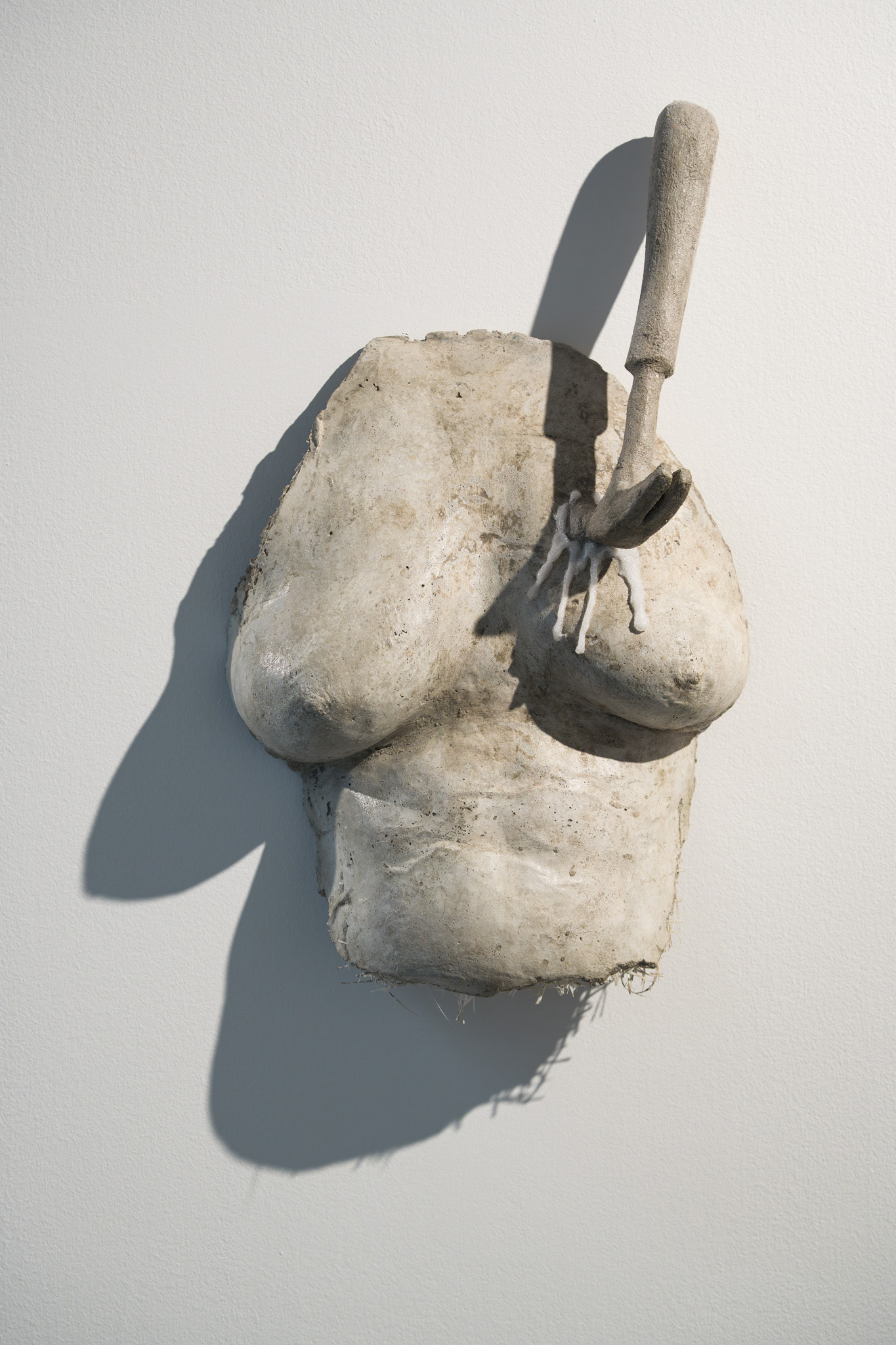BLUE EFFECT
Barbora Valášková
Nikol Emma Ryšavá
Nikol Emma Ryšavá
Termín výstavy: 8. 3–6. 4. 2025
—
Výstava Blue Effect, jejíž název odkazuje na hlavní barevnou linku vystavených děl, veřejnosti představuje dvě nesporně zajímavé a talentované současné mladé umělkyně, kterými jsou Barbora Valášková a Nikola Emma Ryšavá. Současně tato výstava prezentuje dvě různá umělecká média v rámci výtvarného umění, a to malbu a sochu. Výstava propojuje gestickou a současně citlivou abstraktní malbu Barbory Valáškové se sochami a reliéfy Nikoly Emmy Ryšavé, které mají surrealistické až snové vyznění. Barbora Valášková patří v rámci současné abstraktní malby mezi nejvýraznější talenty na tuzemské výtvarné scéně. Ve své tvorbě nejčastěji pracuje s abstraktními náměty, avšak díky jejímu originálnímu rukopisu její malby a kresby oscilují mezi abstrakcí a expresionismem. Současně tvorba Barbory Valáškové působí na diváka až snovým dojmem a probouzí v něm řadu otázek a emocí. Druhou vystavující je Nikola Emma Ryšavá, která patří mezi nejzajímavější sochaře své generace, neboť rozmanitost kreativních projevů této autorky nebere konce. Oproti Barboře Valáškové pracuje Nikola Emma Ryšavá ve svém sochařském díle s figurou, její práce obsahují antropomorfní či surrealisticky zpracované postavy, které vzbuzují silné emotivní zážitky, jelikož balancují na hraně děsivosti a grotesknosti. I přesto, že se obě umělkyně věnují odlišnému médiu a rozdílné tématice, jedno mají společné a tím je jejich vnitřní svět. At už se jedná o vztahy, intimitu či vnitřní pocity, obě autorky se snaží zachytit to, co se v člověku (v nich samotných) děje, s čím bojuje, co ho frustruje, nebo co mu naopak přináší radost a potěšení. Jejich díla jsou tak i pomyslnými deníky, díky čemuž se vystavené práce krásně propojují a vedou spolu pomyslný dialog.
Výstavní program Galerie Emila Filly pro rok 2025 je organizován s laskavou podporou těchto institucí:
Ministerstvo kultury České republiky, Město Ústí nad Labem












